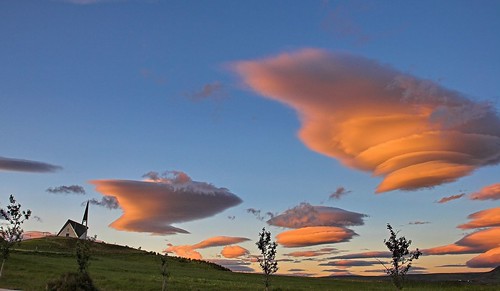Now, having seen the pitiful videos, I was focused on getting the timing and intensity of my wingovers down. First set of wingover showed a slight improvement over day 1. Using my calibration I found a point where I always get an “out” part of the wingover. Then I focused on timing. Watching the video is painful, but I can see the incremental progress.
The night before Gabriel told me part of the problem is that I want to go too big. He said if I just focus on the timing I’d get it. Today I was set to do that.
The lines on the dragon3 are just a big longer than on the merlin. Gabe said I was getting used to that too. I really is almost as simple as developing more patience. I can feel the downswing now. I have to wait. When the pressure is highest, swing out the hips.
Flight 148
Gabe asked that I pull some SATs on my own. There is something to know about the SATs. You have to turn 180˚ before you pull hard to induce the SAT.
I was a little surprised when Gabriel asked me to pull a second SAT. I think he wanted me to just build some confidence. In truth, that’s what I needed. I was beating myself up big time over these wingovers.
I’m sure there are more difficult maneuvers, but getting wingovers right is the biggest challenge I’ve faced in paragliding. The SATs look really impressive, but they’re easy to do. For some reason asymmetric spirals are just a bit harder. But the wingovers have been it for me.
This video really shows what I’m doing wrong. It’s not about fear, strength or the desire to go big. It’s about timing. You can see how I’m way too early. Then too late. I’ve got to feel where I am in the pendulum and trust what Gabriel is telling me.
Flight 149
The second flight of the day was interrupted by a towline break. It took a while to get things back together. Main point here is if the towline breaks on your tow don’t disconnect. The guy who did made it much worse than it needed to be by disconnecting. Another boat on the lake ran over it. It was a long delay for everyone.
If the line breaks on you just fly back to the LZ with it. Gabe will tell you where to drop it.
What I liked about this flight most was canopy control. Canopy heading for the lake, brake. Control it. It’s easy now. Coming out of wingovers, asymmetrics and SATs is a piece of cake now. I almost need to shoot for the canvas to get in trouble now. That’s great and if that isn’t a fulfillment of the promise of the clinic I don’t know what is.
Flight 150
After yet another towline break I got a chance to take a 3rd run. I wanted to end the day positive.

If the line breaks on your tow, don't disconnect. Fly it back to the LZ.
The wingovers were good, likely the best of the day. I had a lot of confidence. Gabriel then explained a helicopter. You pull both brakes nearly to the point of stall, then let up and hang on to the risers. The first 3 rotations were nearly perfect. I flet some tension on my right hand and let up a bit, that caused an oscillation that ultimately ended the helo.
I started another SAT and threw it into a spiral. Gabe told me how to correct it with braking, and I felt how it could ease into the SAT but only after I stopped the spiral. I like how the wing spins while I’m out on the side. I’m going to want to induce that on purpose in the future.
I don’t want to sound smug, but the helo’s easy. After it was done I so wanted to do wingovers again.
This final time I did something different. I looked at my watch altimeter, 3500 feet. That’s 1000 over the lake. It’s likely that I can get 6 or 700 feet over the ocean at Torrey. I said to myself, “This is my lovely take-home gift.” I am going to nail some wingovers at carabiner brake strength just as I would at Torrey. If I don’t fall in my canopy this is a practice I can resume when I get back up.
It was a complete success.
Following Max’s advice on doing wingovers with eyes closed I did something just a bit different. Rather than look at the wing, which is how I’ve initiated most wingovers, I just looked at the horizon, not caring much what the wing was doing and just waiting for the feeling of the downswing. This was much easier. If you do it right the wing comes to the horizon anyway so it’s a good practice.
One more thing, I love anticipating the tug of the tow line.
Since leaving the clinic I keep thinking about that feeling, sitting in a SAT, watching the horizon spin by your wing, the security of your harness, the sound of the wind on your windward side. I love the G’s. I can’t wait to go back.







































